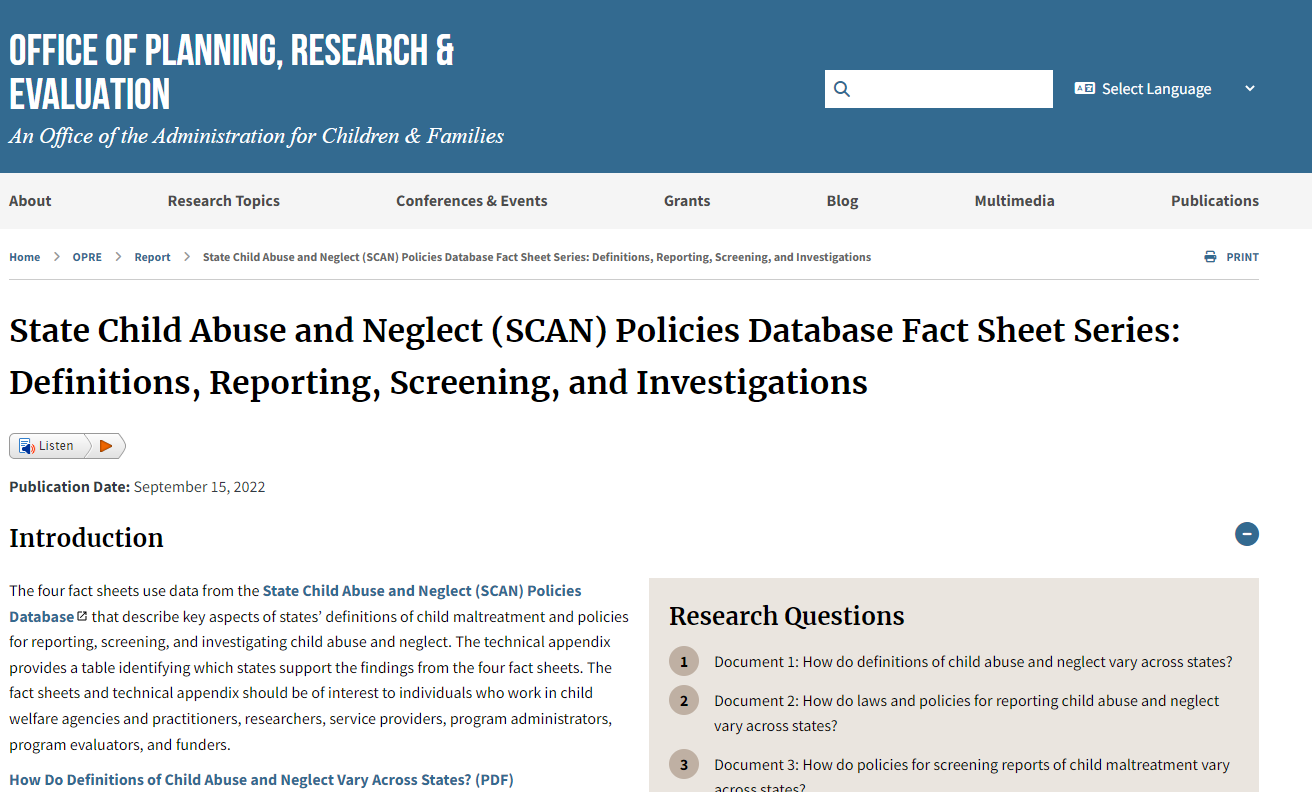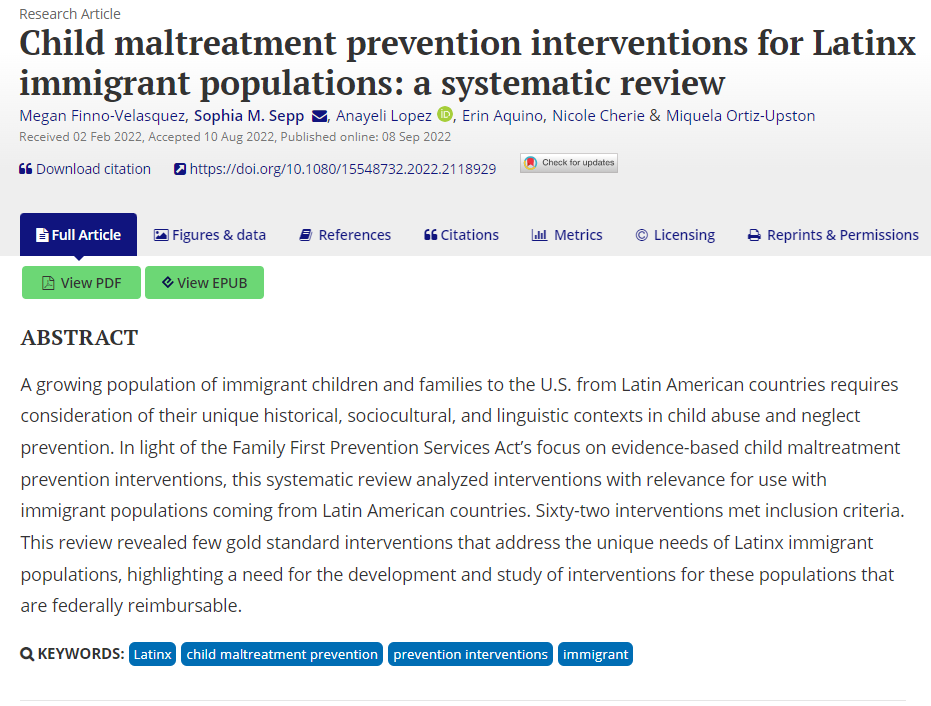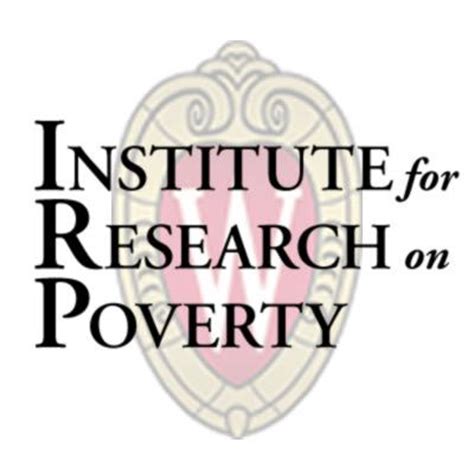New research: Over 100,000 Children in Maine Live in Financial Hardship
New data from United for ALICE (Asset-Limited, Income Constrained, Employed) finds that 44% of Maine children live in household that can’t afford the basics. This includes 34% of Maine children who come from ALICE families — those who live above the poverty line and are working, but do not earn enough to cover all the … Read more










